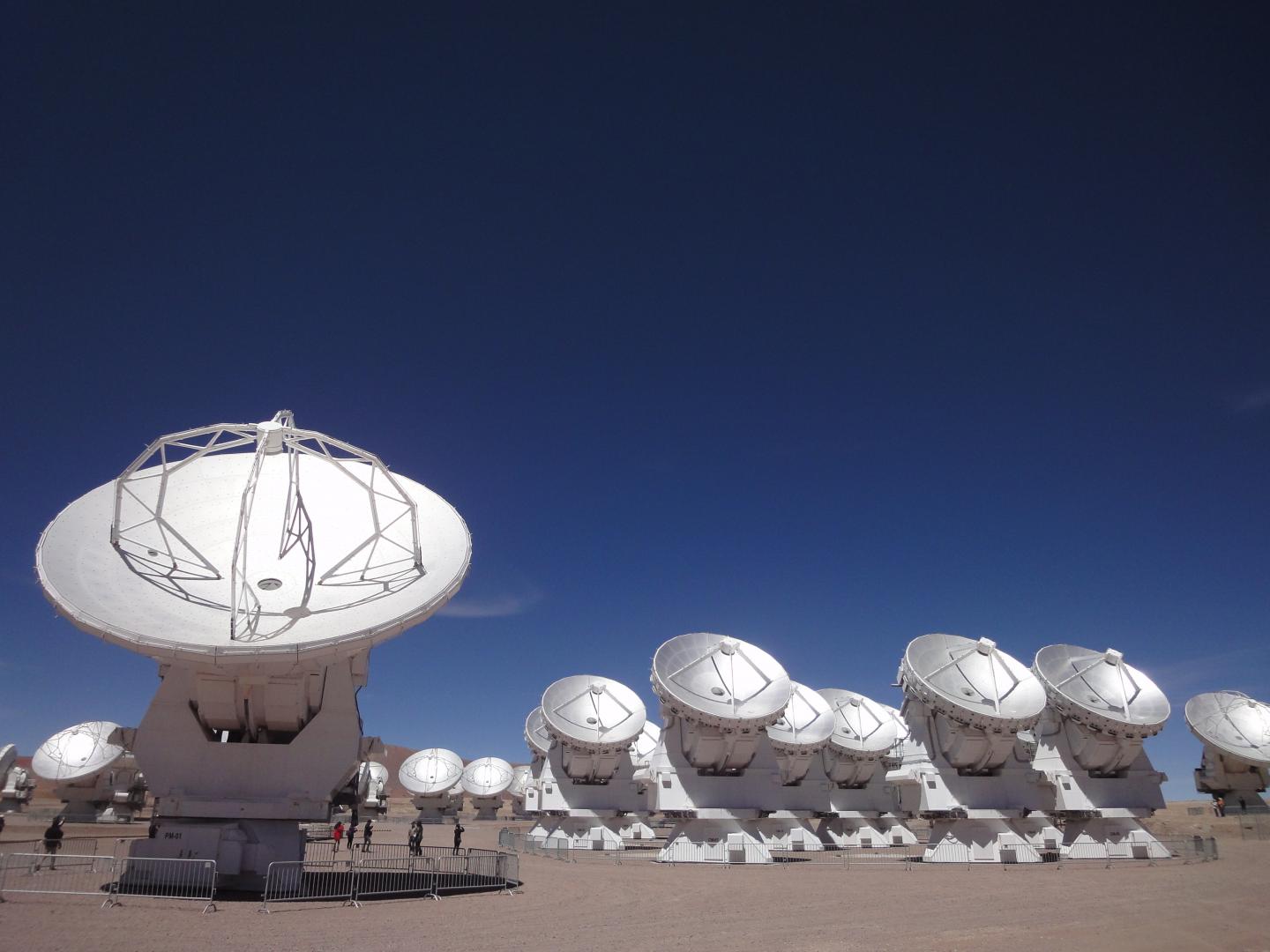
Huge, billion-year-old galaxies have been hiding in plain sight, according to a new study by astronomers from the University of Tokyo.
The astronomers discovered a trove of 39 ancient, massive galaxies by combining data from different telescopes around the world. The reason the galaxies were so hard to find is that the light they give off is very faint, and they are often obscured by cosmic dust. This made it difficult to locate them and made many researchers skeptical that they existed. A powerful telescope like the ALMA array was required to detect the dim light as it can look at submillimeter wavelengths.
“It was tough to convince our peers these galaxies were as old as we suspected them to be. Our initial suspicions about their existence came from the Spitzer Space Telescope’s infrared data,” researcher Tao Wang said in a statement. “But ALMA has sharp eyes and revealed details at submillimeter wavelengths, the best wavelength to peer through dust present in the early universe. Even so, it took further data from the imaginatively named Very Large Telescope in Chile to really prove we were seeing ancient massive galaxies where none had been seen before.”
“This is the first time that such a large population of massive galaxies was confirmed during the first 2 billion years of the 13.7-billion-year life of the universe. These were previously invisible to us,” Wang said. “This finding contravenes current models for that period of cosmic evolution and will help to add some details, which have been missing until now.”

The findings have implications not only for understanding how galaxies develop into old age but also about the huge supermassive black holes which lie at their centers, according to Professor Kotaro Kohno of the University of Tokyo. As a rule of thumb, the larger the galaxy, the larger the black hole at its center. This may also be linked to the amount of dark matter in each galaxy, which is currently undetectable but which affects the shape and structure of the galaxies. “Theoretical researchers will need to update their theories now,” Kohno said.
The findings are published in the journal Nature.



